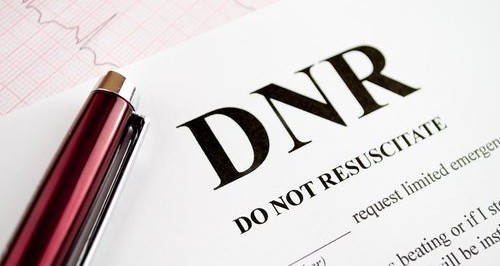Hello, my name is Marcus Seah. I am a 2nd year medical student from Ponya. This is my medical column and the aim is to talk about medical issues, specifically those of public health. Public health issues concern the overall health of people rather than specific diseases and treatments. Dental care is one example. Many of these issues are worth giving a thought about, but are seldom discussed.
This series, in particular, aims to touch on life nearing death. This series is done with information obtained from interviewing Dr Alethea Yee Chung Pheng, senior consultant at the National Cancer Centre Singapore.
Dr Alethea Yee is the Head and Senior Consultant at the Division of Palliative Medicine, National Cancer Center Singapore. She graduated from Yong Loo Lin School of Medicine, NUS in 1993 and proceeded to the UK for postgraduate training in Internal Medicine with subspecialty training in Palliative Medicine. In 2006, she joined National Cancer Centre Singapore to run the palliative care service there.
Dr Yee is also actively involved in education. She is the Director of Education for Lien Centre for Palliative Care, Director of Nursing and Allied Health Education, Academic Clinical Programme and Program Co-director of Ngee Ann specialist diploma in Palliative Care Nursing. In addition, she sits on various centre-wide, cluster-wide, and national committees for medical training and service development.
Her research interests are in quality of life in advanced illness, care models and pathways, and education research in palliative care training.
This essay is part 1/3 of this series.
—
Some patients in the hospital are tagged around the wrist with a band labelled “DNR”. I know that these three letters mean Do-Not-Resuscitate (DNR) and that there’s a misconception of abandonment associated with DNR. But what does it exactly entail? Hence, I asked Dr Yee about it.

Resuscitation means bringing back to life, but as there are many forms of bringing someone back to life, DNR becomes a vague and generic term. If a patient is on the brink of turning off life’s corner, you can inject fluid into the patient to keep him alive. You can also give drugs that will induce his heart to carry on pumping.
DNR is a term generally used by doctors in Singapore to indicate that should the situation arise, three things are not to be done. There will be no chest compressions performed, no intubation and no mechanical ventilation, Dr Yee explained. Everything you see happening in the emergency room with doctors jumping on patients in Grey’s Anatomy will not happen.



At the end of the day, DNR is a medical decision. The attending physician makes it in the best interest of the patient, and what is considered “best interest” will be covered in the next segment of this series. The patient’s wishes regarding resuscitation will be taken into account.
A little fun fact: if the patient does not have the mental capacity to make the decision regarding life sustaining treatments, under the Mental Capacity Act, it is for medical fraternity to make the call, and not the family.
Dr Yee puts it as such: “it is the responsibility of the doctor in charge of the patient to think carefully and weigh up the relevant information during the decision making.” There are medical reasons for and against resuscitation for a patient of a certain illness. But the doctor has to factor in the prior wishes of the patient with regards to this issue. If the doctor has no idea of patient’s prior wishes, he may try to ascertain that by asking the family what those wishes may be, as usually the family knows the patient better
There are no hard-and-fast rules regarding these decisions. One example Dr Yee gave was that if a patient with advanced stage cancer comes into the emergency department, what should be done? Every patient has a unique set of contexts for the doctor to factor in to make the decision. This context will take into account the wishes of the patient and what is reasonable within medical means.

Once the DNR order is decided, the medical team attending to the patient will still continue to provide care. Though some interventions may not be appropriate or may be stopped, care is never stopped. This is because doctors in Singapore will have already come up with a list of things to be done and not to be done for the patient, taking into account his illness, contexts and wishes, before the DNR order. The DNR order may alter the plan, but it will never take away the quality of care and treatment given to the patient from the medical team.
To some, the DNR may seem like a death sentence. But there are still things that can be done for a patient. One of the examples mentioned by Dr Yee was that the patient with advanced cancer with a DNR can still receive antibiotics, IV drips, and palliative chemotherapy, where appropriate if aligned to his goals of care
It’s not the end of the road for the patient. It’s just a shift in end goal.
—
Feature image adapted from here.
About the Author
Marcus is a 2nd year Ponyan from Tembusu. In his free time, he studies medicine.


Leave a Reply